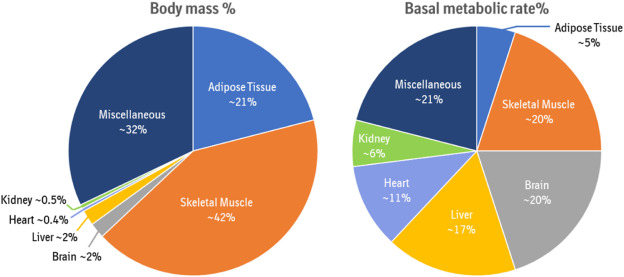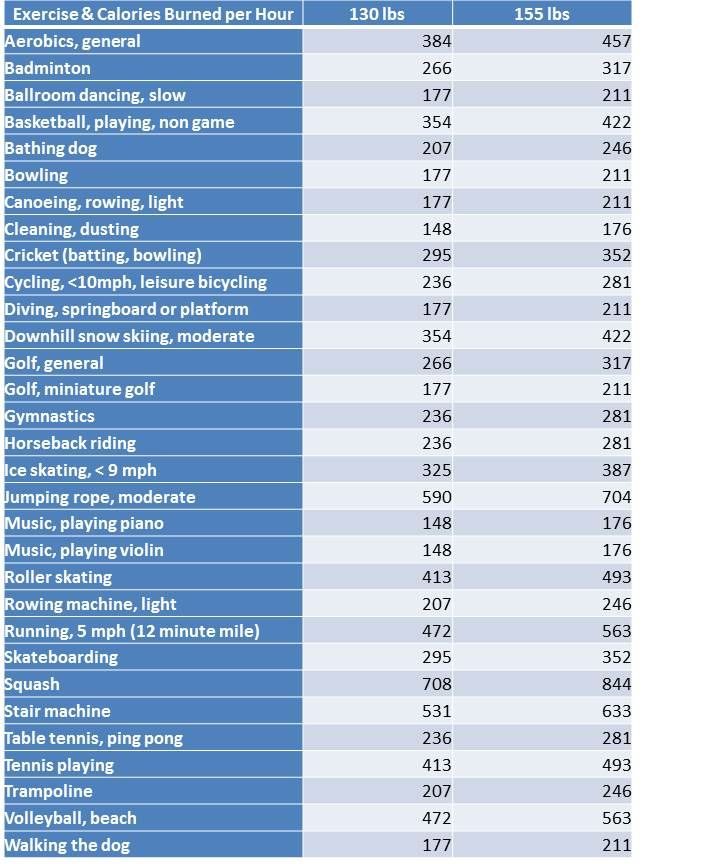
In the present time, where an inactive state and unhealthy eating habits are prevalent, exercise plays a compulsory part in balancing a wholesome state. One common question many individuals have is, “How many calories should I burn a day exercising?” Understanding the appropriate number of calories to burn through exercise is mandatory for mass balancing and complete welfare. Through the article, we will probe into the reasons that impact caloric expenditure, set goals for caloric burn, inspect different kinds of exercises and their impression on calories burned, and consider personal factors to be taken into account. By the end, you will have a comprehensive understanding of how to determine the appropriate caloric burn through exercise to achieve your fitness goals.
Comprehending Calorie Expenditure
To comprehend how many calories should I burn a day exercising, it’s mandatory to comprehend calorie expenditure. Calories are a figure of energy, and our muscles requisite energy to execute various tasks all the time in the day. The Basal Metabolic Rate (BMR) depicts the amount of calories released at repose to uphold vital muscle-based tasks, for instance, breathing and maintaining body temperature. Numerous reasons influence BMR, counting length of life, sexual identity, mass, and height.

However, muscle movement also plays a significant part in calorie expenditure. The Physical Activity Level (PAL) is a figure of how active a person is during the day. PAL is categorized into inactivity, smooth movement, everyday task, heavy movement, and extreme task grades. By discovering your PAL, you can estimate the amount of extra calories released through muscular movement.
How Many Calories Should I Burn A Day Exercising: Learn the Truth
The amount of calories you should focus to burn through exercise relies on numerous reasons, counting your targets, actual mass, task grade, and entire fitness. However, it is customarily counseled to take part in no less than 150 minutes of moderate-intensity aerobic activity or 75 minutes of vigorous-intensity aerobic activity each week, as well as power physical movements two or more days a week.
To balance a nutritional mass, you should focus to attain stability between the calories you absorb and the calories you release. A pound of muscle mass is approximately equivalent to 3,500 calories. So, if your objective is mass reduction, a secure and defendable approach is to generate a calorie shortfall of approximately 500 to 1,000 calories each day. This can be attained through an amalgamation of exercise and dietary adjustments.
Setting Targets for Caloric Expenditure
The targets for caloric expenditure through exercise often revolve around mass reduction, mass balancing, or mass enhancement. To reduce mass, a caloric shortfall is compulsory, which means absorbing fewer calories than you release. A safe value of mass reduction is typically 0.5 to 1 kilogram each week, achieved by regulating a caloric shortfall of 500 to 1000 calories each day.
For mass regulation or balancing, it’s crucial to compute your Total Daily Energy Expenditure (TDEE). TDEE compares both your BMR and PAL to discover the amount of calories pivotal to balancing your actual mass. Regulating caloric absorption and exercise aids to sustain mass.
Mass enhancement needs a caloric excess, where you absorb more calories than you release. This excess should be moderate, typically scaling from 250 to 500 calories each day, to promote mass enhancement.
Determining Caloric Burn Through Exercise
Distinct styles of exercise support varying levels of caloric expenditure. Aerobic exercises, for instance running, swimming, and cycling, are recognized to burn a significant value of calories. Resistance training exercises, like weightlifting, can also increase caloric burn by building muscle mass, which in turn raises your BMR. High-intensity interval training (HIIT) is one more productive technique for burning calories in a short time frame. The Metabolic Equivalent of Task (MET) is a value used to evaluate the quantity of energy drained during bodily movements. By comprehending the relationship between MET and caloric expenditure, you can compute the number of calories burned during particular pieces of training based on their MET merits and duration.

Personal Factors to Consider
Several personal factors influence caloric burn through exercise. Health percentage and exercise potency regulate the value of calories burned during a workout. Humans with advanced fitness levels generally burn hardly any calories for a similar activity than those who are less fit. Moreover, human mass and physical structure play a part, as more substantial humans are able to burn more calories due to elevated attempts and energy consumption.
Health conditions and restrictions should also be taken into account when determining caloric burn. Some medical conditions or injuries may limit the intensity or type of exercise an individual can perform. It is essential to consult with a healthcare professional or fitness expert to develop a safe and effective exercise plan.
Conclusion
Discovering the appropriate answer of how many calories should I burn a day exercising is a personalized process. By understanding calorie expenditure, setting targets, determining caloric release through exercise, considering personal factors, and tracking growth, you can make sophisticated resolutions about your daily caloric burn. Remember to prioritize your overall fitness and confer with experts to tailor your exercise and aliment routine to suit your personal needs. Routine exercise mixed with a gluten-free diet will assist you reach your desired targets and maintain a wholesome lifestyle.
FAQs
What is Physical Activity Level (PAL)?
The Physical Activity Level (PAL) is a figure of how active a person is during the day. PAL is categorized into inactivity, smooth movement, everyday task, heavy movement, and extreme task grades. By discovering your PAL, you can estimate the amount of extra calories released through muscular movement.
How many calories should I burn a day exercising?
A pound of muscle mass is approximately equivalent to 3,500 calories. So, if your objective is mass reduction, a secure and defendable approach is to generate a calorie shortfall of approximately 500 to 1,000 calories each day.
How can you enhance your body mass?
Mass enhancement needs a caloric excess, where you absorb more calories than you release. This excess should be moderate, typically scaling from 250 to 500 calories each day, to promote mass enhancement.
Rohan Anjan is a passionate writer who likes to write different kinds of content. Through that, he likes to explore the world of creative writing. Working as a content writer, he has covered different niches to enhance his abilities and skills. Besides, he spends time reading manga, watching anime, playing video games, and playing cricket and football. During his free time, he prefers to watch movies and web series if it matches his taste.

